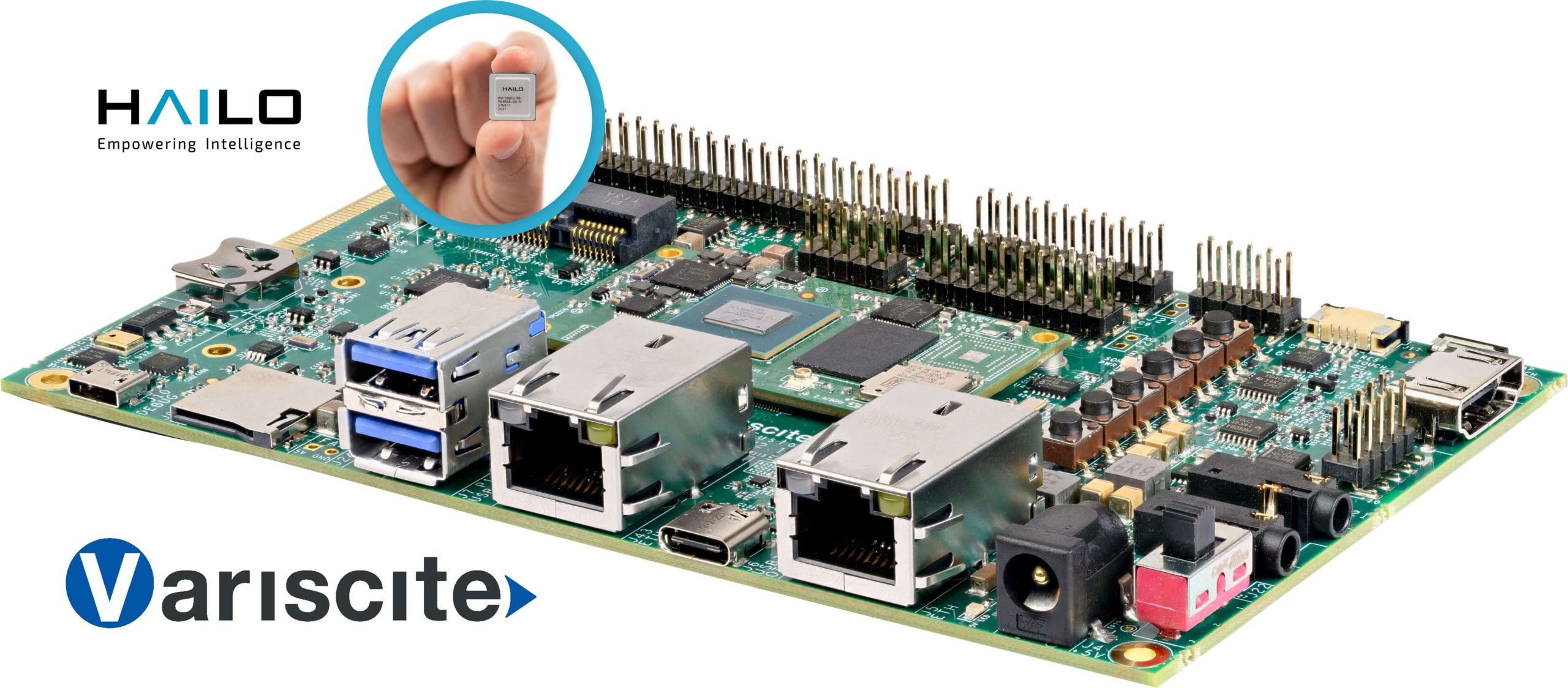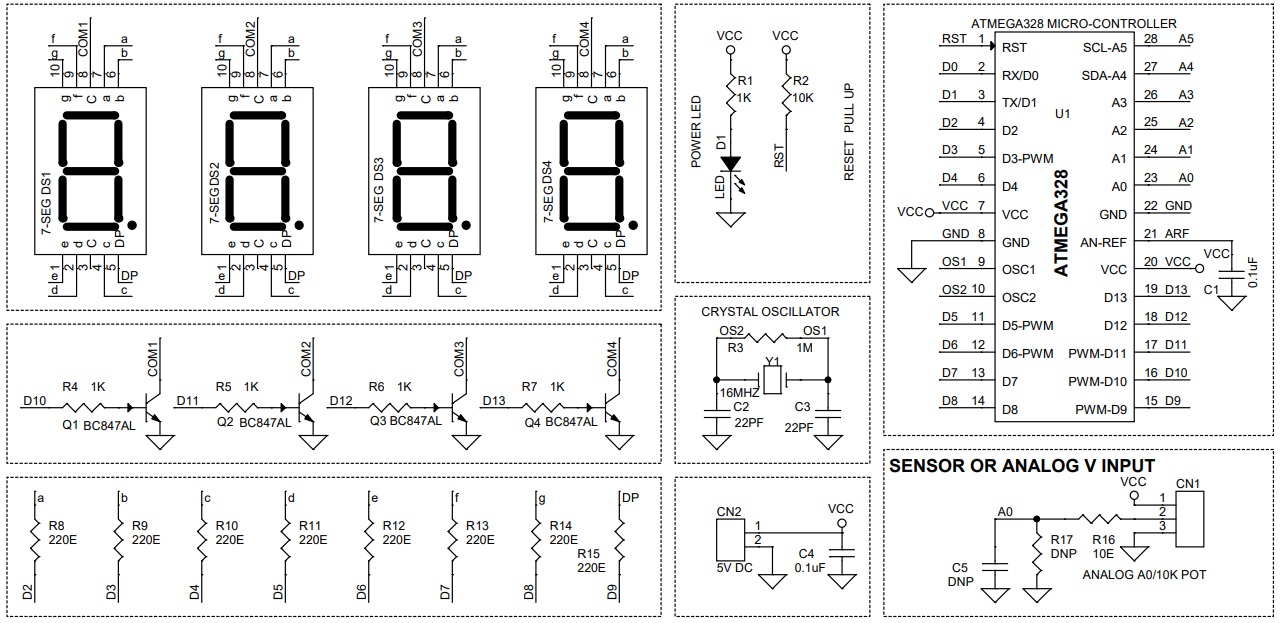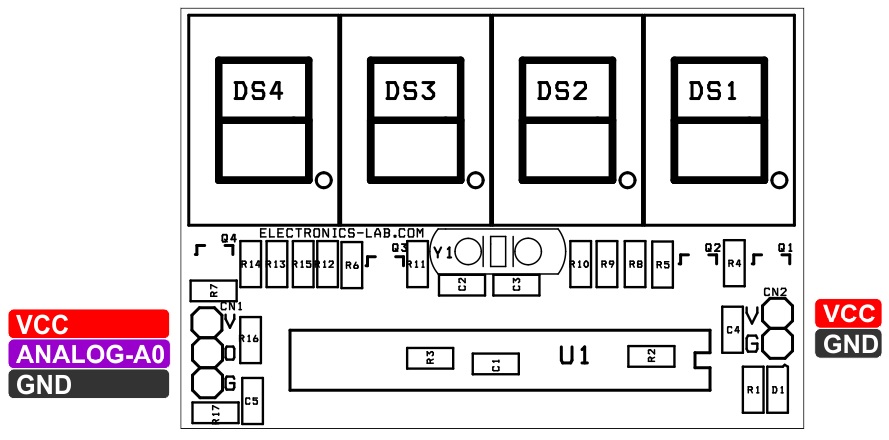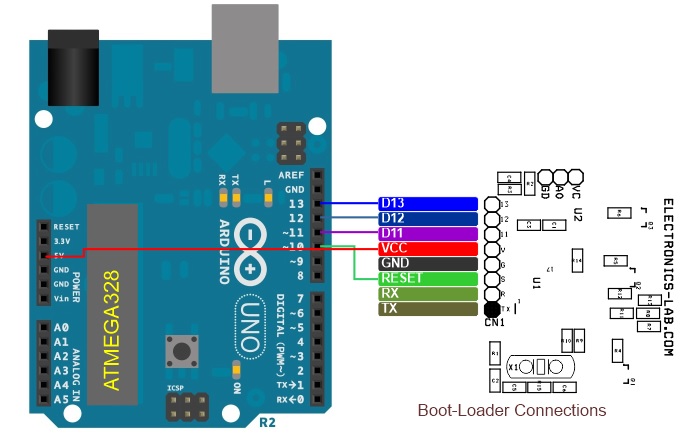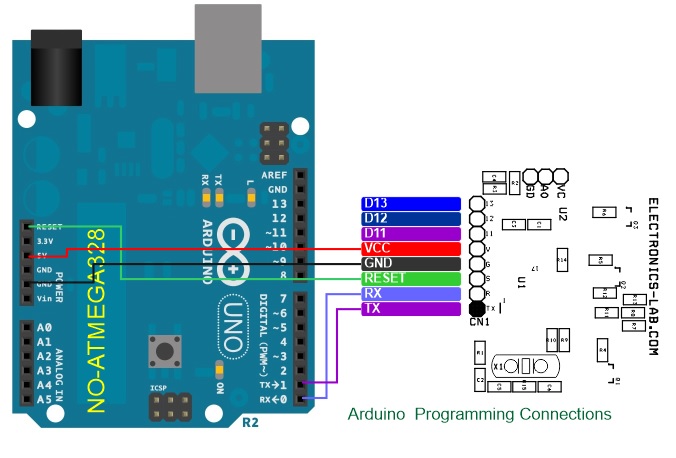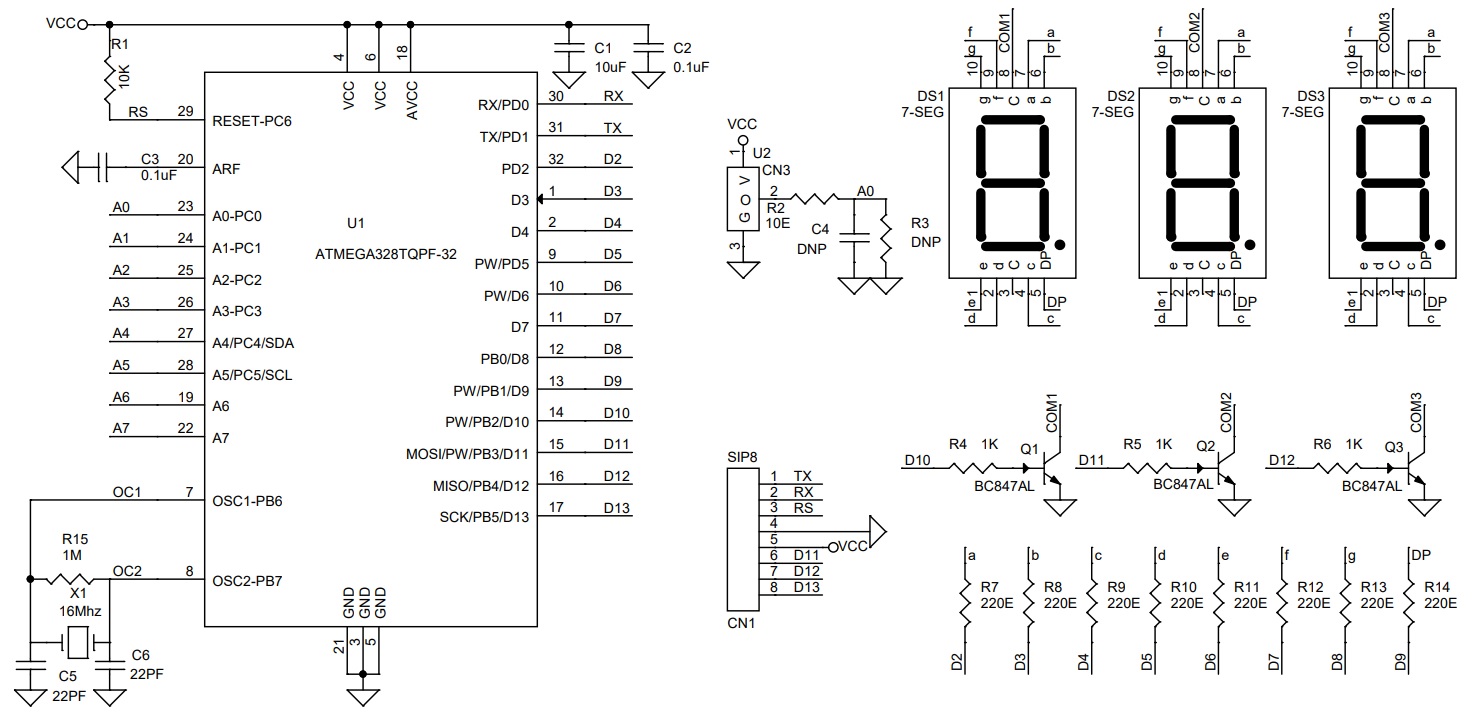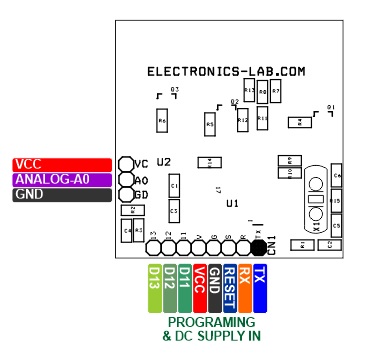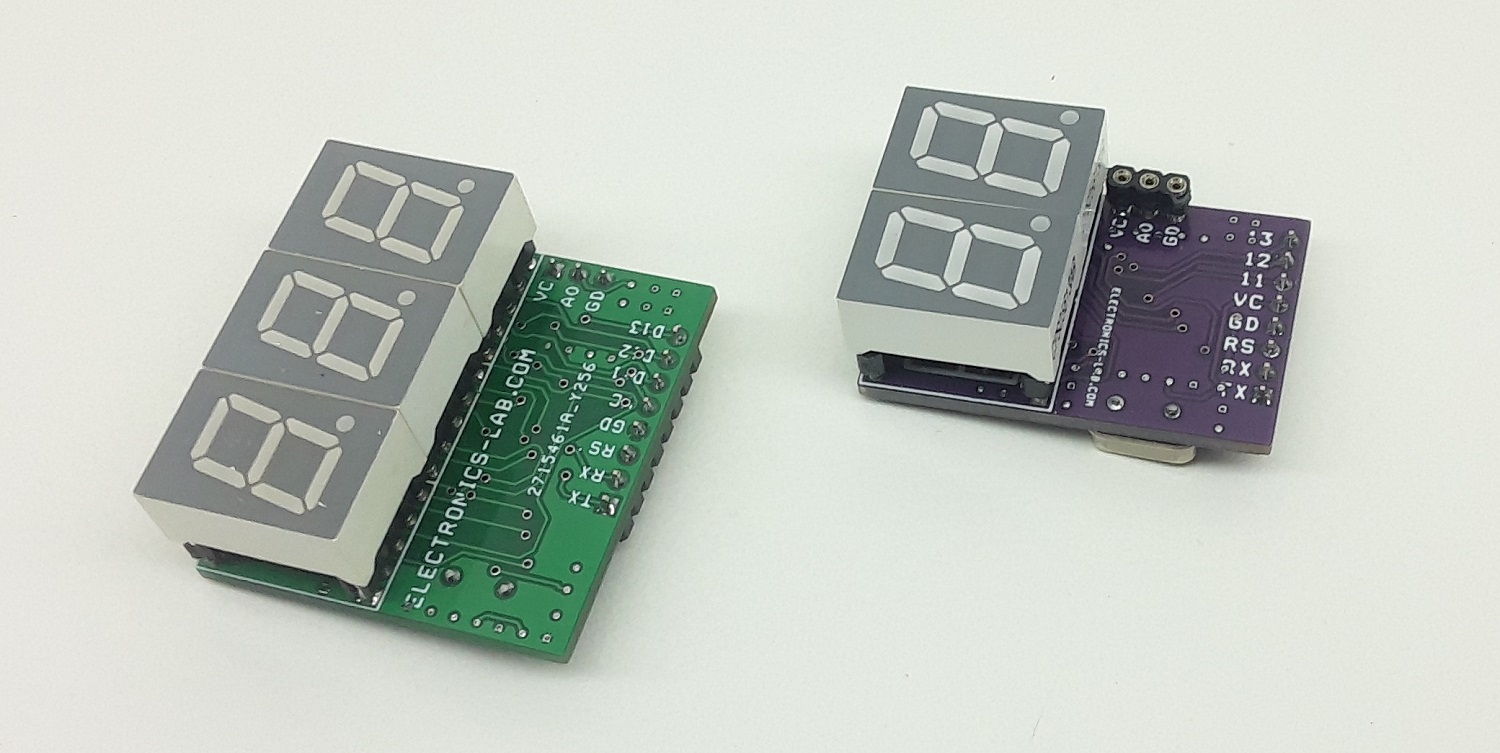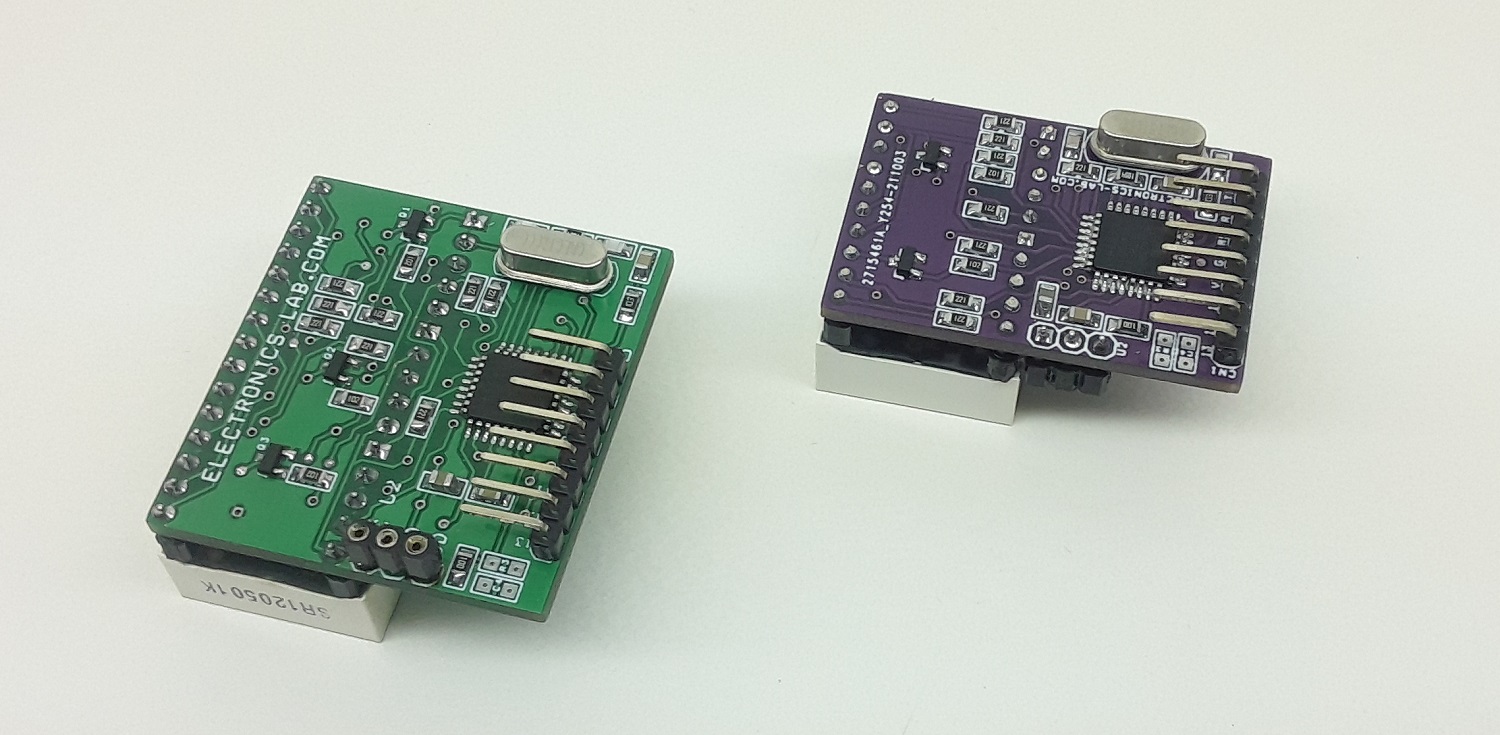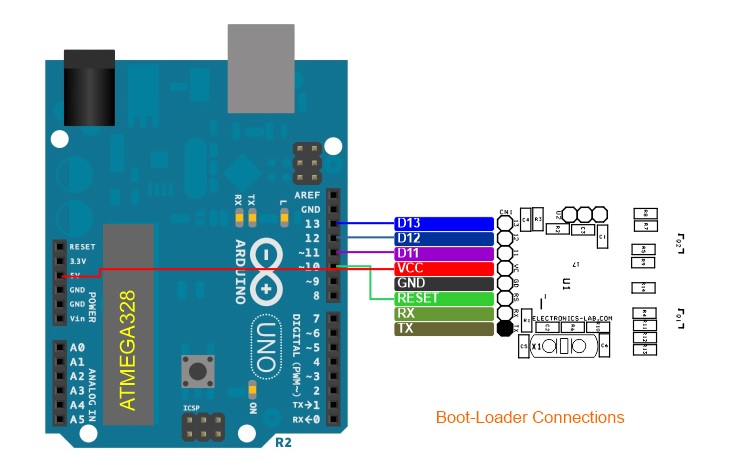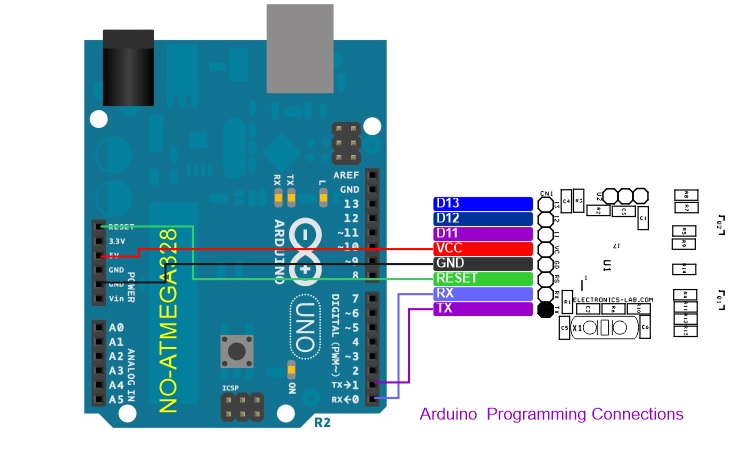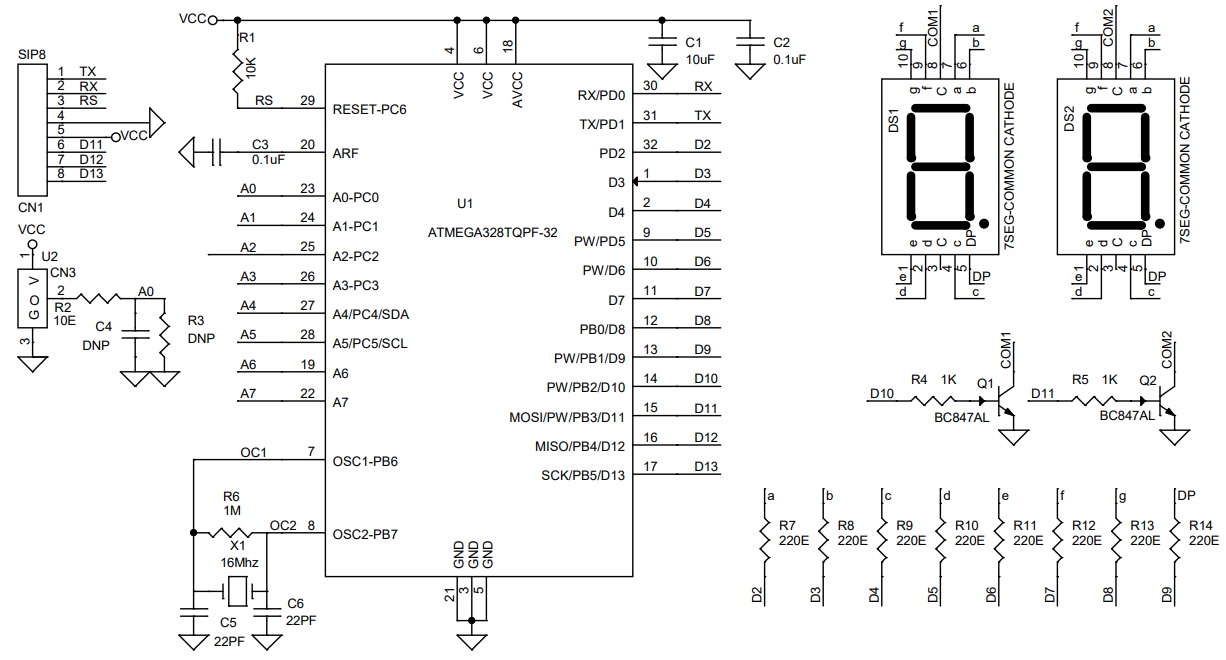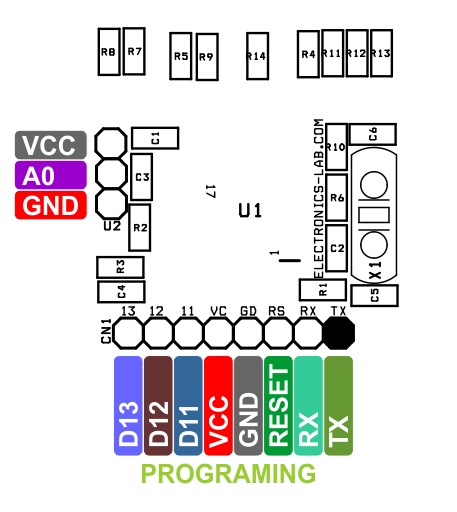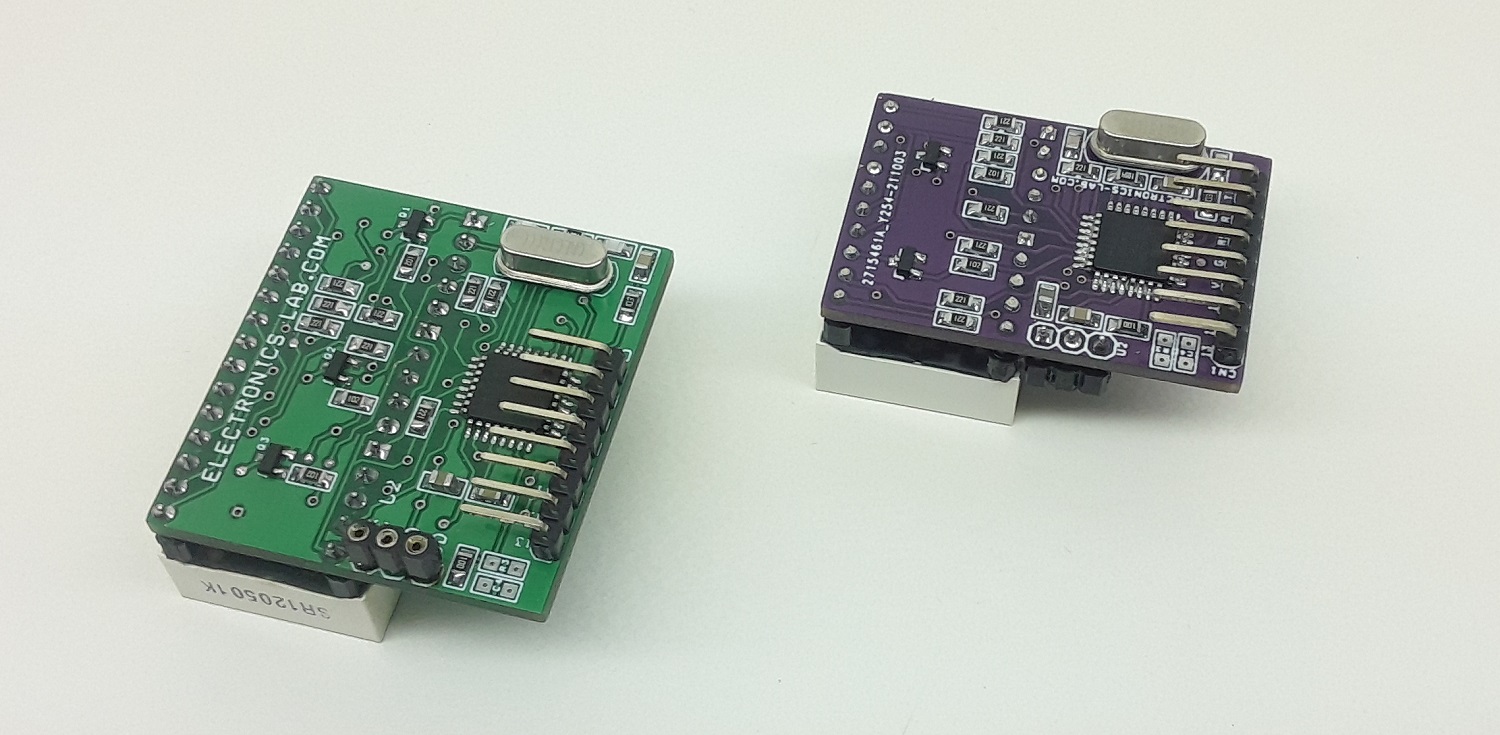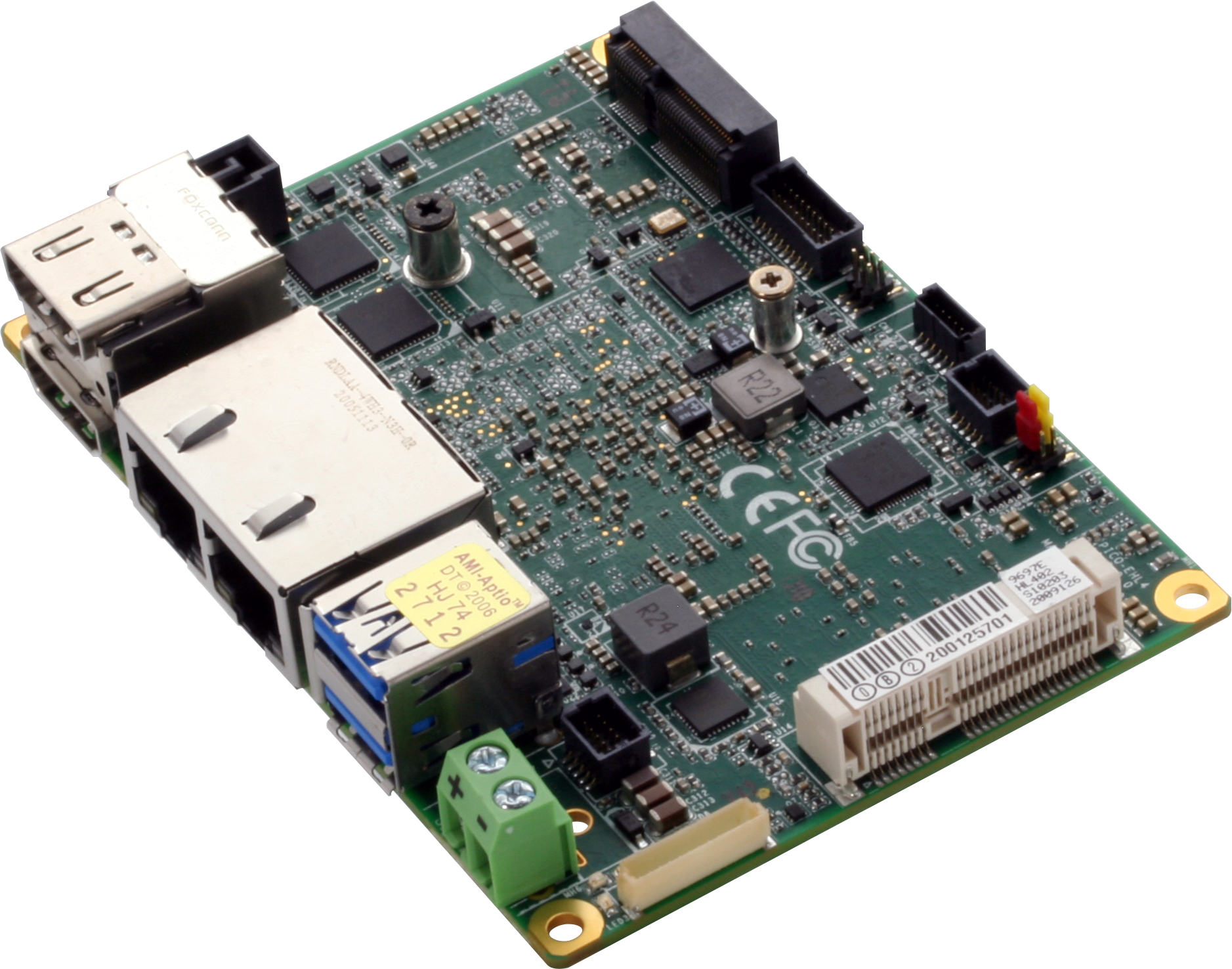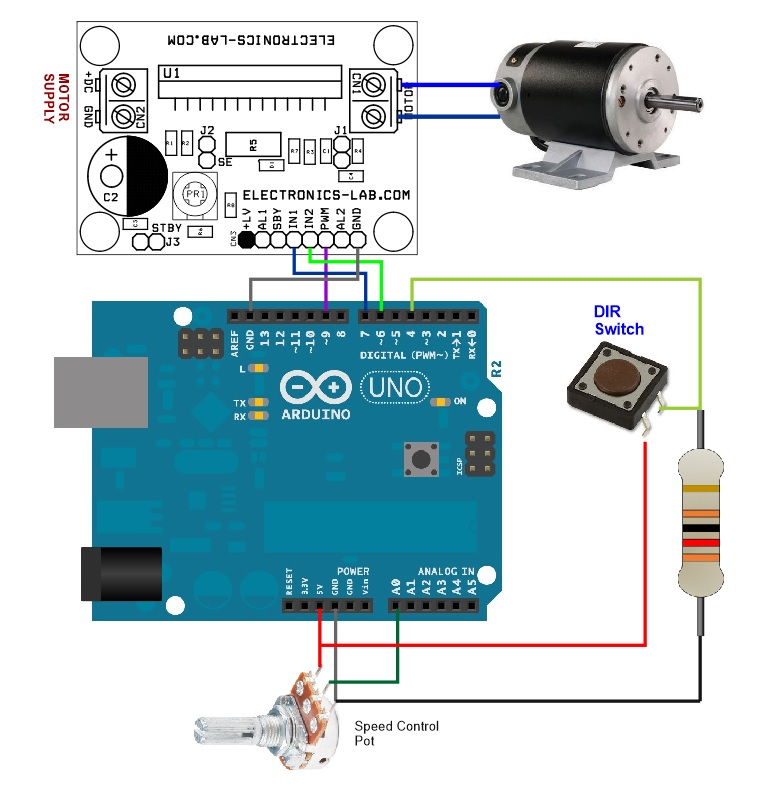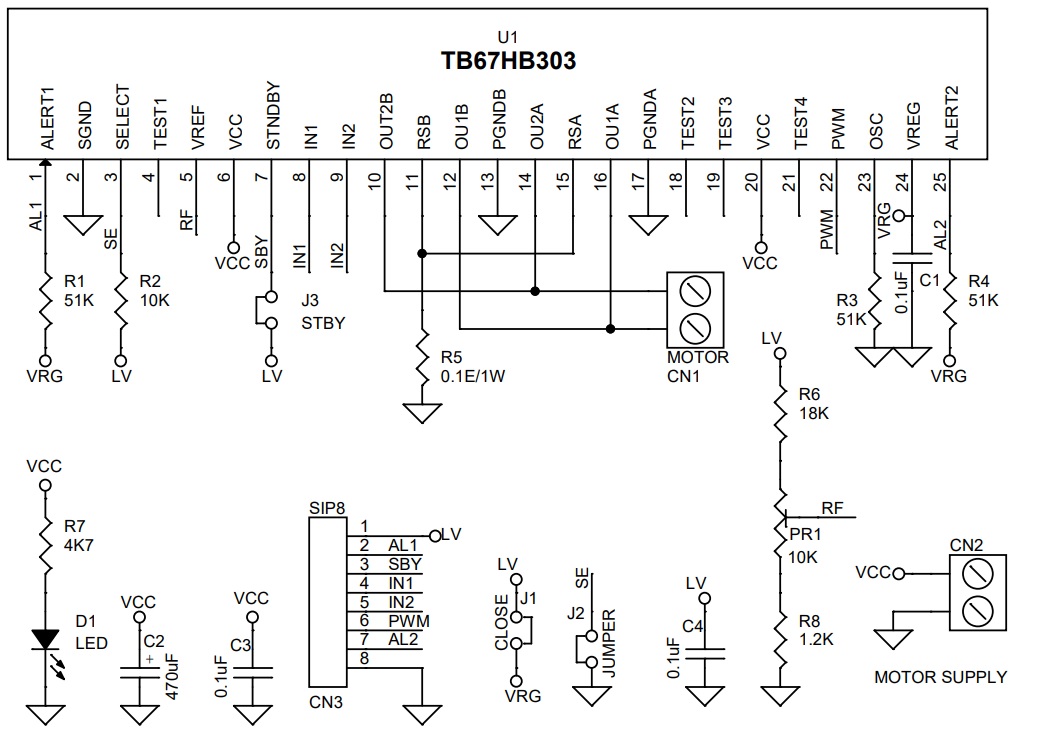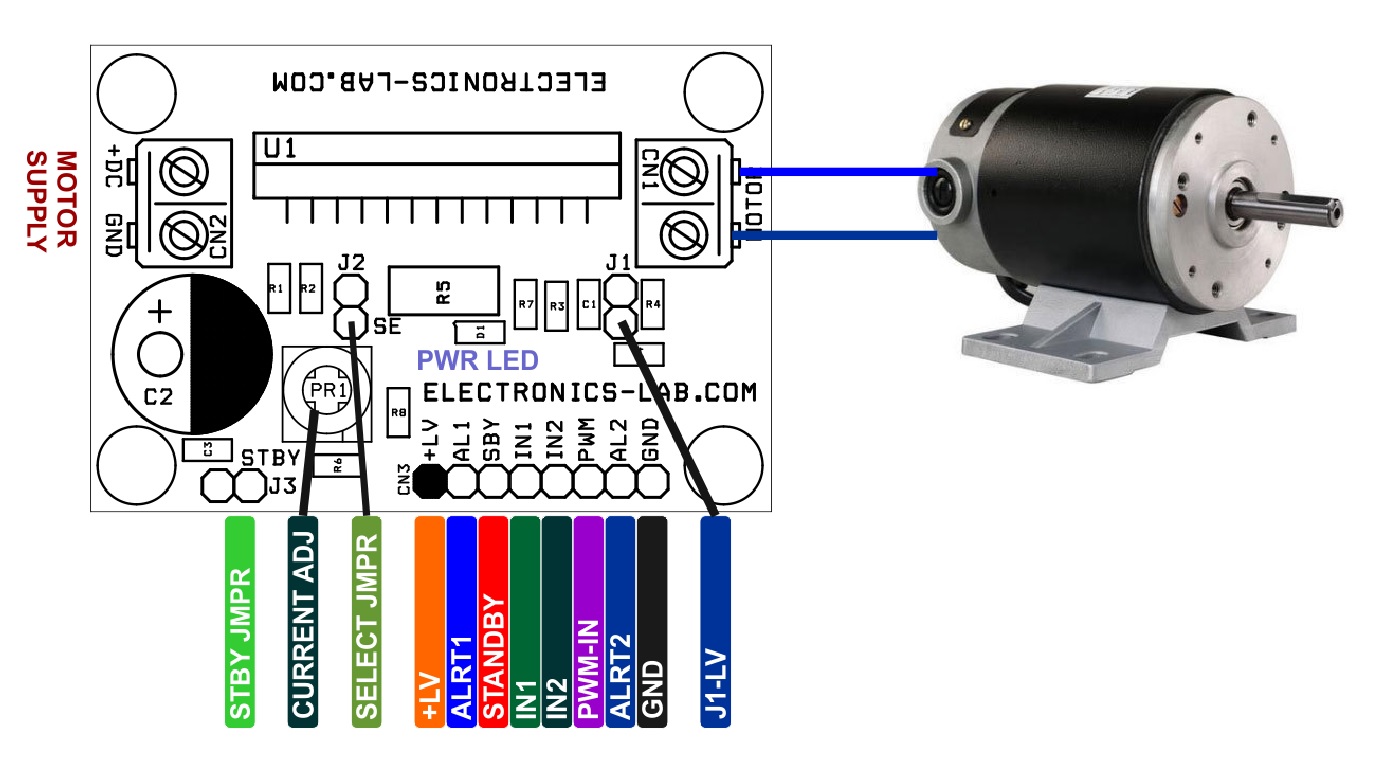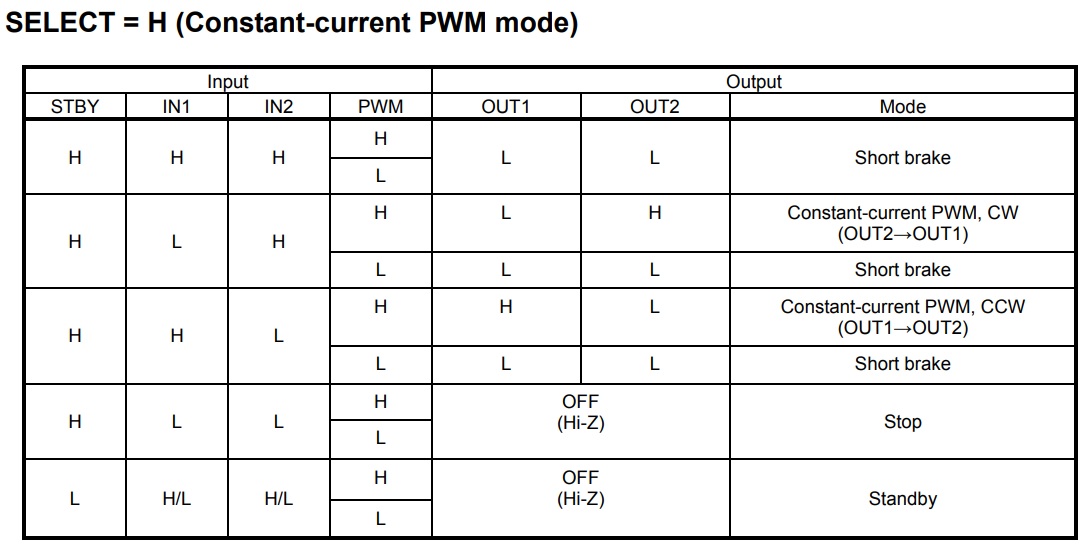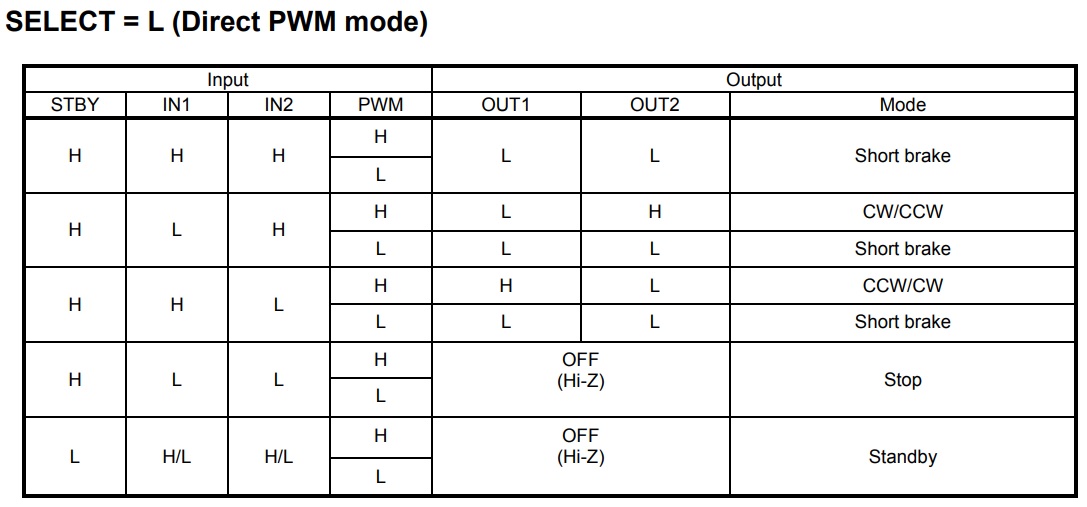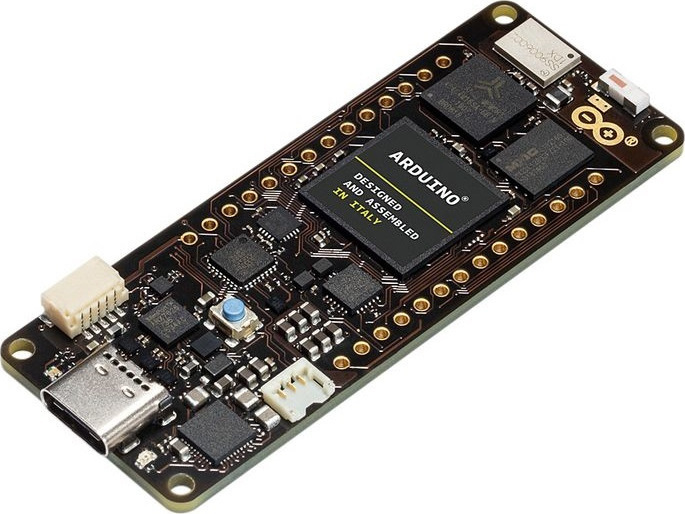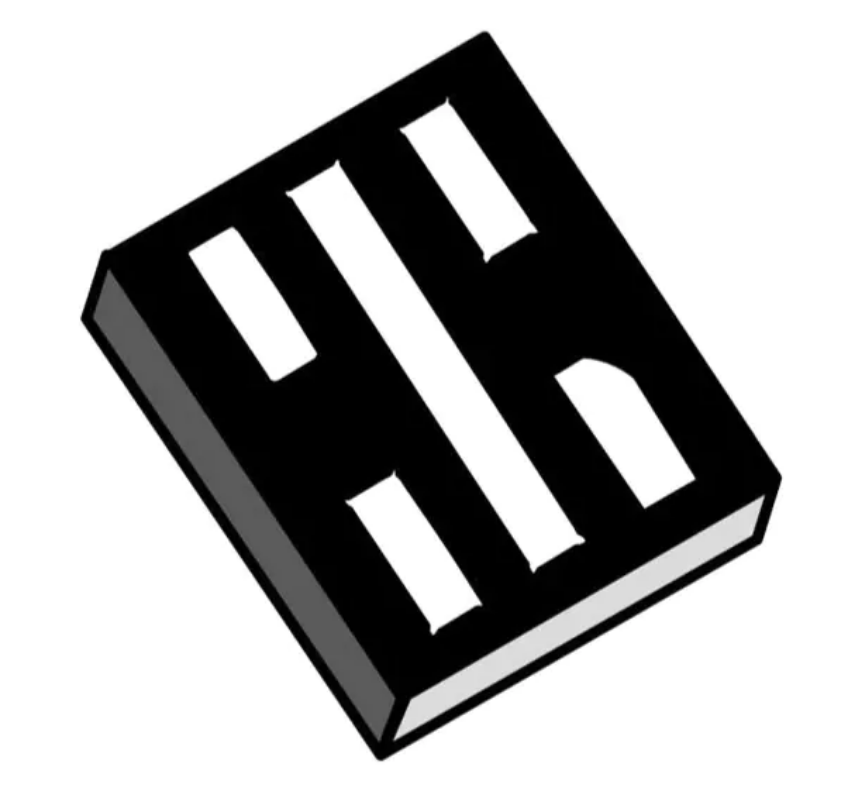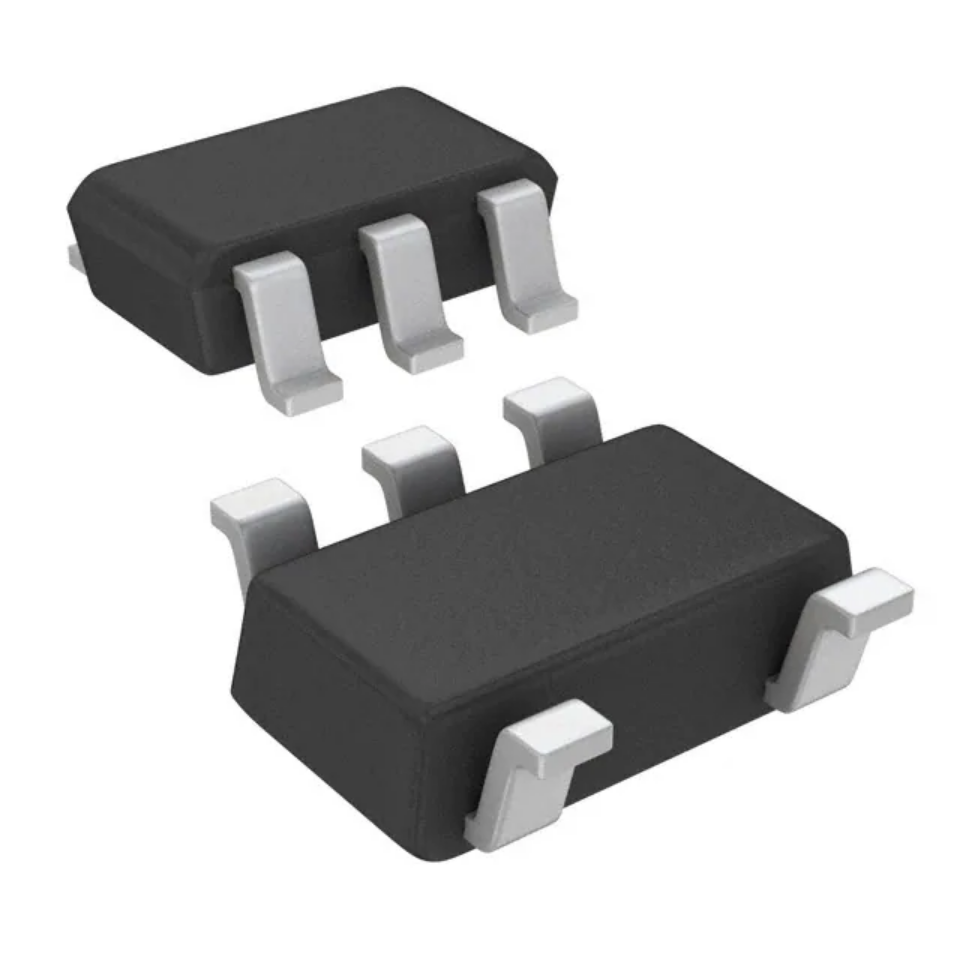Variscite’s i.MX 8 System on Modules, combined with Hailo’s Mini PCIe AI module, enables enterprises to run full-scale deep learning (DL)-based applications more efficiently and sustainably while significantly lowering costs
Variscite, a leading global provider of trusted Systems on Module (SoM) solutions for the embedded market, today announced its partnership with leading AI (Artificial Intelligence) chipmaker Hailo to launch a ready-to-use reference platform enabling high-performance and scalable AI capabilities at the edge.
The joint, complete edge AI solution will combine Variscite’s i.MX 8 platforms with Hailo’s Mini PCIe AI module to enable enterprises to run full-scale deep learning (DL)-based applications more efficiently and sustainably while significantly lowering their costs.
Variscite’s DART-MX8M-PLUS and VAR-SOM-MX8M-PLUS are based on NXP’s i.MX 8M Plus SoC with integrated AI capabilities up to 2.3 tera-operations per second (TOPS). These products, combined with the Hailo-8TM AI processor , which provides up to 26 TOPS and significantly outperforms other AI edge processors in the market, deliver high-performance, scalable edge AI solutions for industries including Industry 4.0, smart cities, smart retail, automotive and more. Moreover, Hailo’s AI accelerator modules can be mounted on additional Variscite SoM platforms, including processors from the i.MX 8 series that have no integrated AI engine, such as the i.MX 8M and i.MX 8M Mini.
“Our joint partnership with leading AI company such as Hailo allows us to expand access to AI and deep learning at the edge to a wider range of customers and applications, while upgrading our product offering with a higher-performance solution”, said Ofer Austerlitz, VP Business Development and Sales at Variscite.”We are excited to offer our customers advanced AI at the edge solutions, enabling them to power applications across the various industries they are in with a more scalable and higher performance solution”.
Variscite’s System on Modules, integrated with the Hailo’s mPCIe AI module and with the compatible Basler camera, delivers 30 Frames Per Second (FPS) while running YOLOv5m in Full High Definition (FHD) resolution with minimal power consumption.
“Our partnership with leading SoM vendor Variscite brings the performance capabilities of customers’ edge devices to a new level”, said Liran Bar, VP Business Development of Hailo. “This joint solution significantly boosts the AI capabilities for anyone using Variscite’s System on Modules, enabling a broader range of deep learning-based applications in industries across the board. We look forward to continuing our collaboration with Variscite to help bolster the power of edge devices everywhere.”
The Hailo-8™ Mini PCIe AI acceleration module is fully integrated with Variscite’s i.MX 8 platforms, providing customers with state-of-the-art AI capabilities integrated directly into their connected edge devices.


